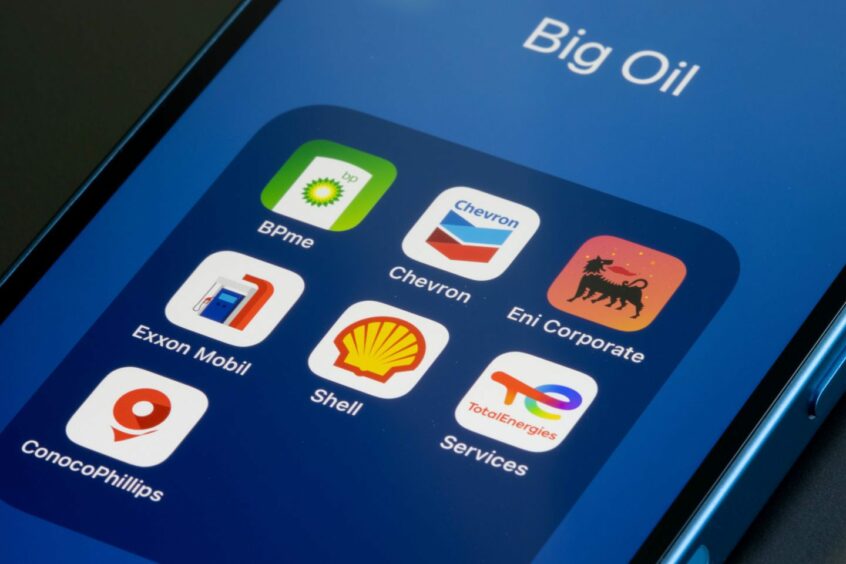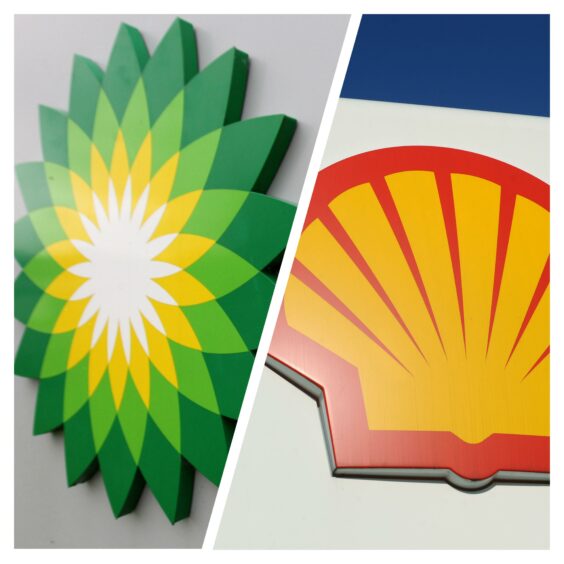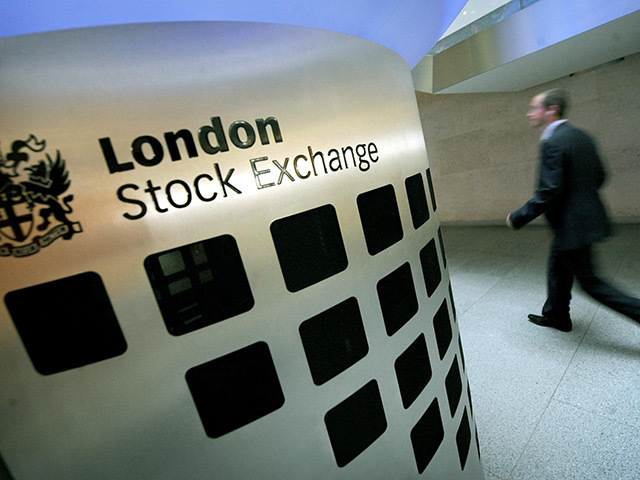
Values – according to the rather twee maxim – are like lighthouses; they give direction, meaning and purpose.
And while it is unlikely whoever coined that adage meant for it to be extended to stock market valuations, it still provides a somewhat useful steer.
Valuations act as a beacon for investors, signalling the true worth of companies and how they are performing.
They give an insight into current market trends, the significance of cash flows, and posit questions about why investor’s decide to allocate their resources in some places, but not in others.
Such questions arise when you consider the current discrepancy between the valuations of European oil majors, and their counterparts across the pond.
“Shell (LON: SHEL) and BP (LON: BP) trade at a price to earnings ratio (used to illustrate how much investors are willing to pay for a share, relative to the company’s takings) of around four to five times their earnings,” explains Nathan Piper, a leading oil and gas analyst.
“Whereas in the US, Exxon Mobil (NYSE: XOM) and Chevron (NYSE: CVX) are trading at more like eight to nine times, so more than double the valuation on that metric, which is the one people tend to look at the majors on. There’s a big disparity between them.”
The scale of the current discrepancy has caught the eye of major news outlets in recent weeks, with specific coverage following the publication of a report from asset manager M&G.
Europe vs US
In a research note, Michael Stiasny, head of UK equities at the investment firm, highlighted the “historically low valuations of UK companies”, including oil giant BP.
And in a subsequent interview with Energy Voice, he said: “It’s not just BP, it’s also Shell, TotalEnergies (LON: TTE) and some of the other European majors as well. It is a Europe versus US effect if you like, but we think it’s particularly extreme in the UK.”
He added: “BP is trading at a very significant discount to Exxon in particular. Essentially, BP would have traded on say a 10% discount, on a valuation metric, to Exxon back in 2018. At the beginning of this year it was trading nearer 50%.
“BP’s share price was very strong last week (following the publication of its record full-year results) and the valuation gap has closed a bit, but we’re still talking about a 44% discount to Exxon.
“Historically, stock markets in Europe have traded at a discount to the US, so this is a not a new thing. But the fact the US is the largest capital market in the world doesn’t explain the size of the discount.”
Different strategies yield different results
To establish why such a markdown currently exists, it is worth considering the respective strategies of both investors and oil majors in the US in recent times.
Several pieces of research have found Exxon, Chevron and the like, aren’t as focussed on transitioning away from fossil fuels as their European equivalents.
And with oil and gas having commanded a king’s ransom of late, after several years in the doldrums, that approach has paid dividends, literally.
Moreover, US investors have been “much more willing to invest” in the big oil and gas majors than those operating in European markets.
Stiasny said: “It’s fair to say that the focus on diversifying oil and gas companies in Europe and in the UK hasn’t attracted as much interest from investors as the US majors strategy has.
“That’s not to say that it’s wrong in any way, it’s just one of the factors that’s caused that differential in performance.”
Same assets, seperate valuations
He added: “One of the other thing that’s happened is the discount opened up since the Brexit vote back in 2016 – that was about uncertainty in the UK.
“But that doesn’t explain all of it, because clearly the European majors also trade at a discount, and they’ve not gone through that Brexit process.
“This is very much, I think, about different sets of investors, looking at different assets in different parts of the world in a very different way, when actually they are very similar.”
Piper also flagged strategies, particularly BP and Shell’s green energy plays, as the primary difference between the two sides of Big Oil.
He said: “In some ways, the European companies are getting no credit for trying to deliver an integrated energy company, rather just an oil and gas company.
“That’s from both sides; they’re not getting the credit they hoped for from more sustainable investors because they’re still fundamentally oil companies, and then if you’re looking for pure play upstream oil and gas companies, then Exxon and Chevron have got a much clearer cut strategy.
“Investor bases in North America versus Europe are definitely different as well. The ESG agenda that has had a lot of influence on this side of the Atlantic has had less influence in the US. It has not had no influence, but it is definitely less.
“Both Shell and BP have been explicit about moving from high return oil and gas projects to fundamentally lower return renewable projects. Typically, oil and gas projects will deliver a 20% rate of return; for green energy, they can be in the low to mid-single digits.”
Changes in tack
Unsurprisingly, this disparity is something European oil and gas majors are alive to, and it appears they are changing tack accordingly.
While presenting Shell’s full-year results in February, new chief executive Wael Sawan said: “I think it’s fair to say, I believe at least, that we’re undervalued, and that’s partly why we continue with robust buybacks.”
A few days later, BP, which names M&G amongst its shareholders, announced it would be slowing down the pace of its departure from oil and gas.
By 2030, the supermajor expects to cut its fossil fuel production by 25%, a stark re-evaluation when you consider the previous goal, set out in 2019, was 40%.
As Piper points out, both companies have indicated they are “trying to play this transition in the right way”, by making hay while the sun shines.
Market will correct
Moreover, the “history of most markets” tells us that, everything remaining equal, this valuation inconsistency will right itself in time.
Stiasny said: “If the equilibrium is a 10% discount, and it moves to 50% discount, unless something very significant has changed, then that gap doesn’t hold forever.
“The difficult thing as a fund manager or an investor is working out when that gap will close – that’s always tough to tell. But past experience shows us that these things go in cycles, and if assets are very similar there is no good, logical reason for there to be a big differential in the valuation of those assets.
“We use the analogy of piece of elastic – it can stretch so far, but ultimately it tends to spring back because there’s no good reason for it to remain stretched.”
M&G also expects BP and Shell’s, both of which are listed on the London Stock Exchange, transition efforts to “deliver fruit” in the future, bringing their valuations back towards the centre.
“There’s a number of reasons why there might be a discount,” said Stiasny, “but do they deserve the discount? Absolutely not.”
Takeover talk
But the longer that elastic remains stretched, as it were, the possibility a group or fund may make a play for a European major intensifies.
High oil and gas prices, companies looking to streamline their portfolios, and a softening of sentiment means M&A deals are back on the table once more.
And whilst the UK’s energy profits levy has made things tougher for independents, major’s direct exposure to the North Sea is more minimal – they also have the financial wherewithal’s to weather the storm.
Stiasny said: “If this gap persists for a very long time, you would expect a company like Exxon or Chevron, or other players, to look at UK or European companies and say, ‘does this discount make sense?’
“Using shares or cash to buy a counterpart for a significant discounts, from a financial point of view, can be significantly rewarding for the bidding company.
“It’s not that those bids actually happen, it’s just that the market will eventually realise that if it doesn’t revalue those assets, then someone else will.”
Obviously, any takeover would be subject to “all sorts of other issues”, but financial incentives can often be hard to temper.
Piper added: “A lot of these majors are still paying down their debt, or trying to get their balance sheets back into shape.
“But once that happens, and if we do have a period of prolonged high oil and gas prices, then the financial firepower of a lot of these firms will be different, and the complexion for those more strategic transactions might change as well.”







